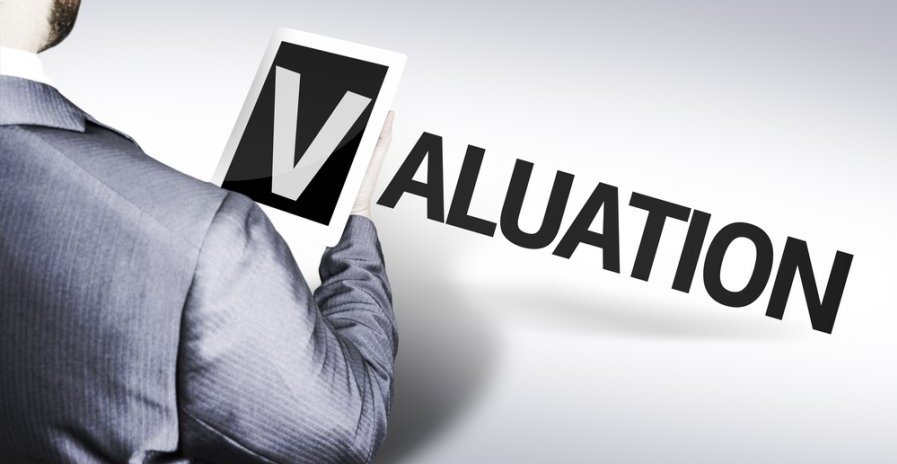Valuing A Business

By Richard Parker | Diomo Corporation | Visit Website | About Author
Whether buying or selling a business, establishing an accurate valuation is critical to the process. Obviously, accuracy can mean two completely different things in the eyes of a buyer or seller.
Overall, the buyer wants to pay a price that will allow for an acceptable return on investment compared to other investments, and generally, a buyer’s perception of the valuation is more reasonable than a sellers. A seller quite often will allow emotion to weigh far too heavily on the valuation given they many have many years invested in the business, or need a certain amount in order to entertain a sale; both of which are not quantifiable or valid arguments for a valuation.
When determining a valuation, first it is important to recognize that valuation is an art – it is not scientific. Furthermore, understanding that no two businesses are the same is equally important in order to rule out, or at least heavily discount, any “rule of thumb” valuations.
A major mistake parties in the process make in small business valuations are related to the assets. One must keep in mind that assets serve two purposes: first, they are a vehicle to generate revenue and commensurate profits and second they can be helpful in obtaining financing. However, assets are not the basis upon which to value a business.
In small business purchases, most buyers are looking for an income stream as a priority. As such, using a valuation method that incorporates the income (profit) of a business makes the most sense. Additionally, a buyer needs to compare the potential return against other investment opportunities.
Given these factors, using a valuation method that attaches a multiple to the Total Owner Benefits is the best option (note that Owner Benefits can also be referred to as Adjusted Income, Seller’s Discretionary Earnings, and other like terms). The goal of establishing the historical Owner’s Benefits is to determine how much money the business will generate for the new owner to pay themselves a salary, service any debt and grow the business. The formula to establish the Owner Benefits is:
Pre-Tax Profit + Owner’s Salary + Additional Owner Perks + Interest + Depreciation LESS Allowance for Capital Expenditures
The Pretax profits, owner salary, interest and depreciation are straightforward accounting items taken from the company’s records. It is good to use the longest historical period possible, but at least three years of data.
The additional owner perks and other add-backs must be quantifiable. The guideline here is twofold: 1. you can only add back what has been expensed and 2. Add-backs have to be items that a new owner will not incur in full (they may have to be reduced by an offsetting potential expense).
The capital expenditure offset is critically important in any business where the new owner will have to replace equipment in the first two to three years. You cannot simply add back depreciation without offsetting it with future capital expenditures.
Once you have determined the average Owner benefits, a multiple has to be attached to it. This is the BIG issue –what multiple to use. In general terms, small businesses will sell for a one to three times multiple. Now this can be a huge spread. So what gets a one time and what gets a 3 times multiple. The more closely tied the business is to the seller, the lower the multiple (thing professional practices as an example). Conversely, for businesses that have a long track record, provable financial records, and ones that above all, will transition well to a new capable owner, they will trade closer to the three times multiple.
Certainly, there are other key factors. If two businesses operate in a similar industry and have the exact same Owner Benefits (let’s say $150,000/year), one would think that the multiples should be similar. Right? Well not always, what if business A over the past three years had been achieving increaded Owner benefits every year while Business B has been declining, yet they are both today at $150,000, isn’t Business A worth more? Of course it is. Or, what about a case where one business has hundreds of customers while the other has a few customers that represent a disproportionate amount of its Revenues? The second scenario can be pretty volatile so here again, similar businesses and Owner benefits, but there are other mitigating factors which could lead to dramatically different valuations.
In summary, it is critical to:
- Establish the Owner Benefits based upon provable historical financial information
- Make adjustments for capital expenditures
- Understand what factors could potentially arise that could impact the revenues/profits after you take over
- Attach a multiple that provides for an acceptable return on your investment
Above all, understand that valuations are not scientific. A seller’s idea of the value of their business will often times be based upon emotional issues. The only way a buyer can dispel that theory is by basing their valuation on quantifiable data and research.
